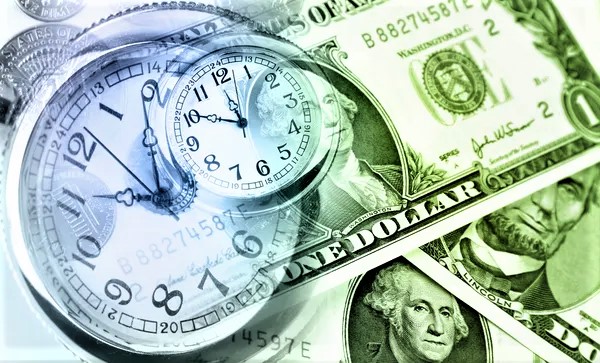Sep 28, 2022 02:56AM ET
VOT Research Desk
Discussion Points
The View from the Market:
In early European trading on Wednesday, the safe-haven U.S. dollar rose to a new 20-year high as new concerns about a recession were fueled by rising Treasury yields and more hawkish Fed statements.
After reaching a new two-decade high earlier in the session of 114.653, the Dollar Index, which measures the dollar against a basket of six other currencies, increased 0.5 percent to 114.597 at 02:55 ET (06:55 GMT).
The Federal Reserve has made it clear that the most important thing it is doing right now is fighting rising inflation, and it will keep raising interest rates a lot even if it means putting the country’s economy in a recession.
That message was reiterated overnight by Chicago Fed President Charles Evans, St. Louis Fed President James Bullard, and Minneapolis Federal Reserve Bank President Neel Kashkari. Bullard stated that interest rates would need to remain at a higher rate for “some time to make sure we’ve got the inflation problem under control.” Kashkari was the president of the Minneapolis Federal Reserve Bank.
This stance caused yields on the benchmark 10-year Treasury note in the United States to rise above 4% for the first time since 2010, before reverting to the current level of 3.982%.
As the effects of the radical tax cut plans of the new U.K. government continue to be felt in the markets, GBP/USD fell 0.8% to 1.0649 elsewhere, remaining close to all-time lows.
“Given elevated inflation pressures in many countries, including the U.K., we do not recommend large and untargeted fiscal packages at this juncture, as it is important that fiscal policy does not work at cross purposes to monetary policy,” the International Monetary Fund stated in an open criticism of the new economic strategy on Tuesday.
On Tuesday, Bank of England Chief Economist Huw Pill stated that the central bank was likely to implement a “significant” rate increase when it meets again in November due to the decline in sterling.
The single currency was weighed down by the recent escalation of the Eurozone’s energy crisis, which caused EUR/USD to fall 0.5 percent to 0.9545, not far from its recent 20-year low of 0.9528.









